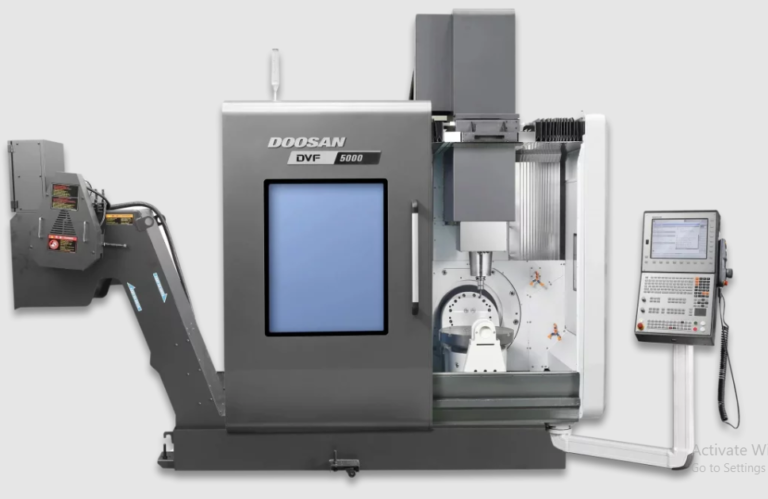Rivets are fundamental fasteners in many industries, known for their durability, strength, and permanence. These small but powerful mechanical fasteners are widely used in applications ranging from aerospace to construction, automotive, and beyond. The type of rivet chosen depends on the materials being fastened, the environment in which they will be used, and the tools available for installation. In this article, we’ll examine the various Types of Rivets, their unique features, and where they are best utilized.
What is a Rivet?
A rivet is a permanent mechanical fastener used to join two or more materials together. It consists of a cylindrical body with a head on one end. When installed, the other end of the rivet is deformed to form a second head, securing the materials tightly. Unlike screws or bolts, rivets are not designed for removal and reinstallation. Once set, they provide a strong, vibration-resistant bond that’s suitable for high-stress environments.
Rivets come in different types, each suited to different applications and materials. Let’s take a closer look at the most common Types of Rivets used across various industries.
1. Solid Rivets
What Are Solid Rivets?
Solid rivets are the traditional type of rivet, consisting of a solid cylindrical body with a single head. During installation, the tail end of the rivet is hammered or compressed to form a second head, securing the material together. Solid rivets are known for their strength and durability, making them ideal for heavy-duty applications.
Features of Solid Rivets:
- High strength: Solid rivets offer excellent shear and tensile strength.
- Permanent bond: They provide a permanent, tamper-proof connection.
- Requires access to both sides: Solid rivets must be installed using tools from both sides of the material.
Common Uses:
Solid rivets are widely used in industries that require high-strength, long-lasting fastening solutions. They are commonly found in aerospace (for securing aircraft fuselages), construction (for joining steel structures), and shipbuilding.
2. Blind Rivets
What Are Blind Rivets?
Blind rivets are a type of rivet that can be installed from one side of the material. This makes them ideal for applications where access to both sides of the workpiece is limited. Blind rivets are often used in situations where a quick, efficient, and secure fastening solution is needed.
Features of Blind Rivets:
- One-sided installation: Can be installed where only one side of the material is accessible.
- Mandrel-based: The mandrel is pulled to set the rivet, creating a secure bond.
- Variety of materials: Blind rivets are available in aluminum, steel, copper, and more.
Common Uses:
Blind rivets are commonly used in the automotive, aerospace, and construction industries. They are frequently used for joining thin materials or for repairs where access to both sides is not possible.
3. Pop Rivets
What Are Pop Rivets?
Pop rivets are a type of blind rivet that is installed using a rivet gun or pop rivet tool. The name “pop” comes from the sound produced when the rivet is set. Pop rivets are particularly popular because they are easy to install, require little training, and can be applied quickly.
Features of Pop Rivets:
- Quick installation: Easy to install using a hand-held rivet gun.
- Wide material selection: Available in a variety of materials, including aluminum, copper, and steel.
- Range of sizes: Pop rivets come in multiple sizes and lengths to accommodate different applications.
Common Uses:
Pop rivets are often used in automotive manufacturing, sheet metal work, and general construction. They are ideal for assembling metal panels, body parts, and other components that require a secure, permanent connection.
4. Semi-Tubular Rivets
What Are Semi-Tubular Rivets?
Semi-tubular rivets are similar to solid rivets, but with a hollow portion at the tail end of the shank. This design reduces the force needed for installation, making them a more economical choice for certain applications. The hollow section allows for easier deformation during the setting process, which can be advantageous for certain materials.
Features of Semi-Tubular Rivets:
- Hollow shank: The hollow shank makes installation easier and reduces the force required.
- Versatility: Works well with both thin and thick materials.
- Lightweight and strong: Suitable for applications where weight is a concern but strength is still needed.
Common Uses:
Semi-tubular rivets are commonly used in electronics, jewelry, and automotive applications. They are also popular in the manufacturing of light metal components and assemblies.
5. Flush Rivets
What Are Flush Rivets?
Flush rivets are designed to sit flat against the surface of the material. The head of a flush rivet is countersunk to create a smooth, even surface, which is particularly important in industries where aerodynamics or appearance is crucial.
Features of Flush Rivets:
- Low profile: The countersunk head ensures the rivet does not protrude from the surface.
- Aerodynamic: Ideal for applications where air resistance or aesthetics are a concern.
- Requires precise installation: The countersunk hole must be carefully drilled to match the flush rivet.
Common Uses:
Flush rivets are commonly found in aerospace, aviation, and automotive industries, where they are used to secure aircraft wings, body panels, and other parts that require a streamlined appearance.
6. Rivet Nuts
What Are Rivet Nuts?
Rivet nuts, also called threaded inserts, are designed to provide a threaded hole in materials that cannot support threading on their own. These are installed by compressing the body of the rivet nut, creating a permanent, secure threaded connection that can be used to attach bolts or screws.
Features of Rivet Nuts:
- Threaded insert: Provides a strong threaded hole for fasteners.
- Easy installation: Installed using a hand tool or pneumatic tool.
- Versatility: Available in various materials, including steel, stainless steel, and aluminum.
Common Uses:
Rivet nuts are often used in applications where a threaded connection is needed, such as in automotive assembly, aerospace, and furniture manufacturing. They are ideal for lightweight materials like thin sheet metal, where traditional threading would be difficult.
7. Drive Rivets
What Are Drive Rivets?
Drive rivets are a type of fastener that is driven into place by hammering or pressing. The installation process involves forcing a mandrel into the body of the rivet, expanding the rivet and securing it in place. Drive rivets are often used for quick, low-cost fastening needs.
Features of Drive Rivets:
- Simple installation: Installed by driving the rivet with a hammer or press.
- Economical: Less expensive compared to other Types of Rivets.
- Variety of materials: Available in steel, aluminum, and other materials.
Common Uses:
Drive rivets are often used in light-duty applications such as automotive trim, signage, and electrical enclosures. They are perfect for situations that require fast, reliable fastening with minimal effort.
8. Chestnut Rivets
What Are Chestnut Rivets?
Chestnut rivets are a type of rivet primarily used in the construction of aircraft and metal structures. They feature a flat head design and are often used for applications that require both strength and an aesthetically pleasing finish.
Features of Chestnut Rivets:
- Flat, smooth head: The head of the rivet is designed to be smooth and flat, providing a neat appearance.
- High strength: These rivets offer strong performance, particularly in metalwork.
- Used in metalworking: Often used in aircraft and other metal construction projects.
Common Uses:
Chestnut rivets are most commonly used in the aerospace industry, particularly in aircraft manufacturing, where both function and appearance matter.
Conclusion
Rivets are essential in many industries, providing a reliable, permanent way to join materials together. Whether you need a strong connection in aerospace, a quick solution for sheet metal work, or an aesthetic finish for automotive designs, there’s a type of rivet that fits the bill. By understanding the different Types of Rivets and their specific applications, you can make an informed decision about which fastener will provide the best results for your project. From solid rivets offering superior strength to pop rivets ensuring easy installation, rivets remain one of the most versatile and reliable fastening solutions available today.




